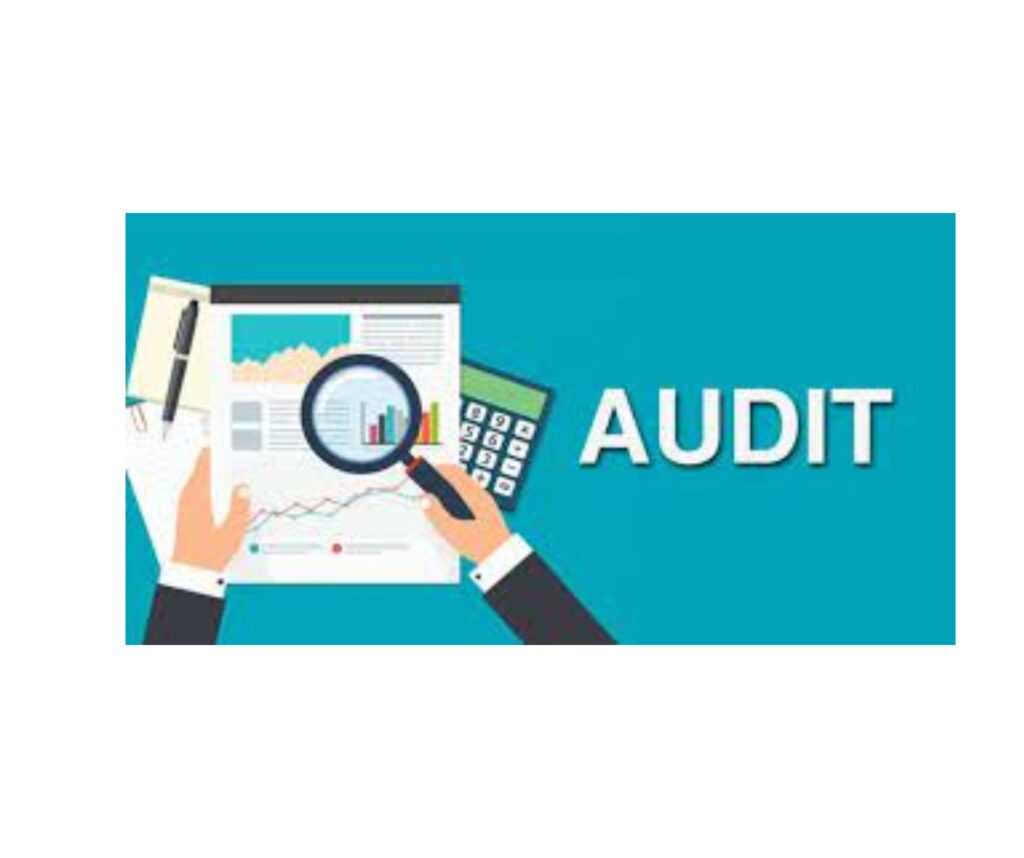Audit for insurance companies involves conducting a comprehensive examination of their financial statements, operations, and internal controls to assess their compliance with regulatory requirements, industry standards, and best practices.
The audit process for insurance companies typically includes the following key aspects:
1. Financial Statement Audit:
The auditor examines the insurance company’s financial statements, including the balance sheet, income statement, cash flow statement, and statement of changes in equity. The objective is to verify the accuracy, completeness, and fairness of the financial information presented.
2. Regulatory Compliance Audit:
Insurance companies are subject to various regulatory requirements imposed by government authorities or industry regulators.
The auditor assesses whether the company is complying with these regulations, such as licensing requirements, solvency standards, reserve adequacy, and statutory reporting obligations.
3. Risk Assessment:
The auditor evaluates the risks faced by the insurance company, including insurance underwriting risk, investment risk, operational risk, and compliance risk.
This involves assessing the effectiveness of risk management practices and internal controls in mitigating these risks.
4. Internal Control Evaluation:
The auditor reviews the internal control environment of the insurance company, including the design and effectiveness of internal controls over financial reporting, underwriting processes, claims handling, investment management, and regulatory compliance. This helps identify weaknesses and recommend improvements to enhance control effectiveness.
5. Actuarial Review:
Insurance companies heavily rely on actuarial calculations and estimates for pricing insurance policies, determining reserves, and assessing liabilities.
The auditor may engage an actuary to review and validate the company’s actuarial assumptions, methods, and models.
6. Fraud Detection:
The auditor performs procedures to identify and detect potential fraud or irregularities, such as reviewing unusual transactions, assessing the adequacy of anti-fraud controls, and conducting interviews with key personnel.
7. Reporting and Communication:
Upon completion of the audit, the auditor issues an audit report that provides an opinion on the fairness of the financial statements and any identified material weaknesses or non-compliance with regulations. The report is communicated to the company’s management, board of directors, and other stakeholders.
It’s important to note that requirements Auditing for Insurance Companies may vary based on the jurisdiction and specific regulations governing the insurance industry in that particular country or region.
To visit: https://www.mca.gov.in/
For further details access our website https://vibrantfinserv.com

